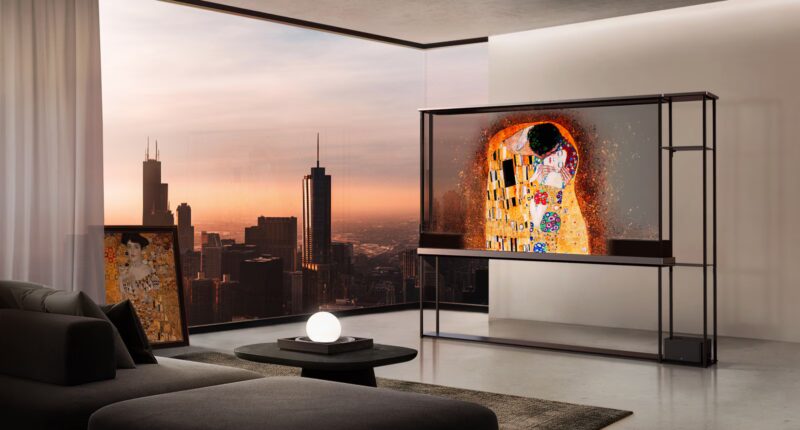AR and VR were some of the bigger topics during this year’s CES. Last year I was able to go hands-on with the Pimax Portal but this year it was all about the Pimax Crystal. The Pimax Crystal has some of the highest quality when it comes to VR headsets on the market. Each eye puts out 4K resolution at 72Hz, 90Hz, 120Hz, and soon 60Hz. Comparing this to the various headsets that I have used over the years, The eye tracking (powered by Tobii) was great and ensured that the user is always experiencing the best visual experience. Check out some of the other specs below.
- QLED+ini LED Panels for life-like graphics with adjustable local dimming
- 35 PPD with glass aspheric lenses, a native resolution of 2880 x 2880 pixels per eye (native not upscaled)
- Eye-Tracking technology powered by Tobii registers the position of the user’s eyes 120 times per second, and enables auto IPD and dynamic foveated render (DFR), optimizing the device performance with up to 50% FPS boosts
- 72Hz, 90Hz, and 120Hz refresh rates (60Hz coming soon)
- Inside-out tracking (also works with it’s base station using the Lighthouse faceplate)
- 60G Airlink module for wireless PCVR (coming soon)
- PCVR + Standalone mode
During the conference, I had the chance to try out both flight and racing games. The first thing that I noticed was the comfort of the headset. A high quality headset like the Pimax has a lot of components that can add weight to the package but everything felt great. I normally have an issue with motion sickness with various headsets, which was nonexistent here. I am also excited about the release of their 60G Airlink module. This allows the headset to be used wirelessly. Even on the convention floor with a ton of interference, it worked seamlessly. Even with high quality headsets, wires are what keep many people from fully investing in VR.
If you want to get your hands on the Pimax Crystal, you can head over to their site HERE or their Amazon store. The current retail price is 1600 USD.















